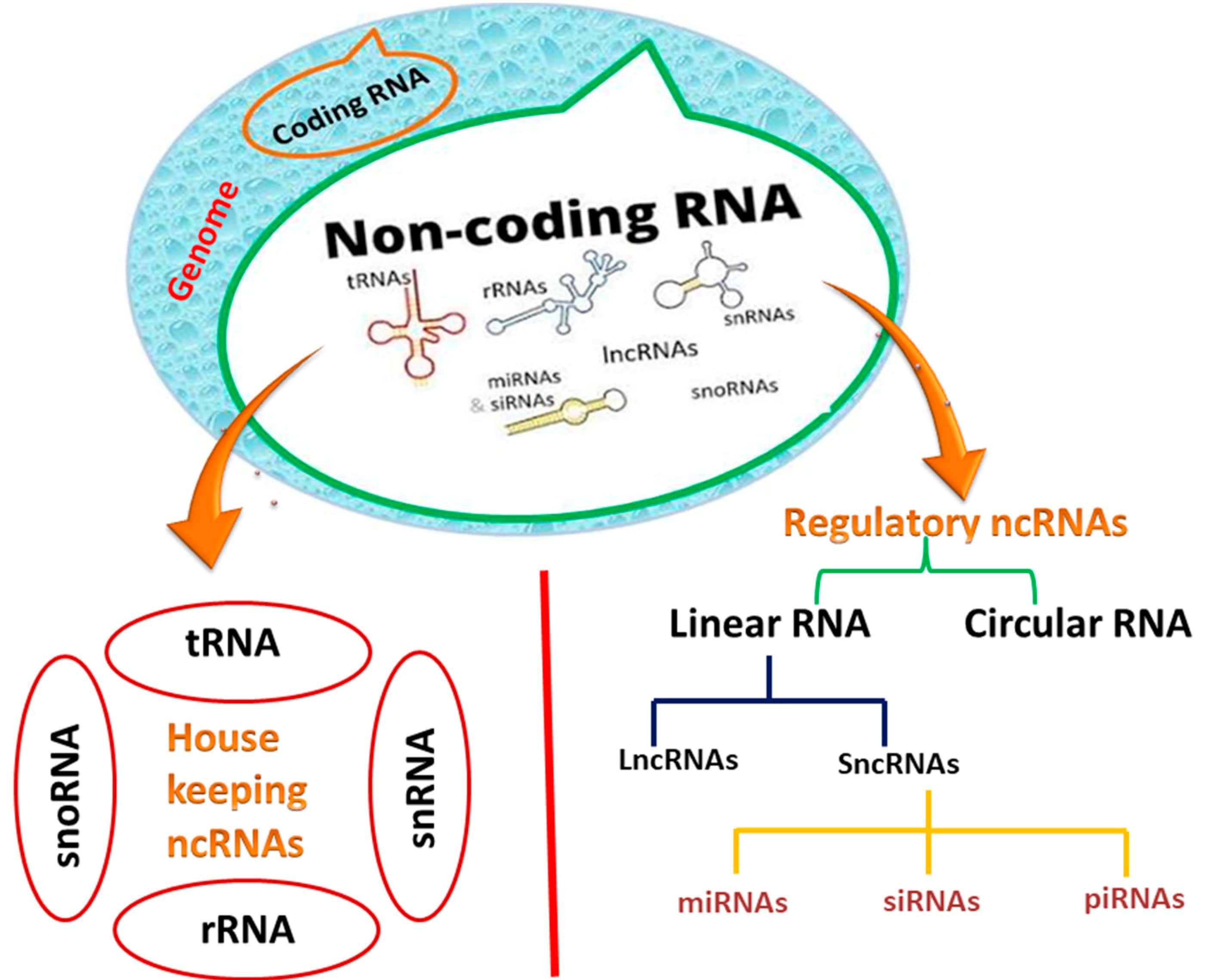
Non-coding RNAs (ncRNAs) have long perplexed scientists, hinting at a hidden layer of biological complexity waiting to be unraveled. These enigmatic molecules, once considered mere “junk” by researchers, are now recognized as crucial players in various cellular processes. Unlike their coding counterparts, which serve as templates for protein synthesis, ncRNAs do not directly code for proteins. Instead, they carry out diverse regulatory functions by interacting with other molecules within the cell.
In this article, we will delve into the captivating world of ncRNAs and explore 18 intriguing facts that shed light on their significance in biological systems. From their role in gene expression to their involvement in diseases, ncRNAs have proven to be far more than passive bystanders in the intricate dance of life. So, let’s embark on this fascinating journey and uncover the mysteries of non-coding RNAs.
Key Takeaways:
- Non-coding RNA (ncRNA) is a mysterious and abundant molecule in cells, with diverse functions like gene regulation and disease involvement. It’s like a secret agent inside our cells, influencing how they work and even causing trouble in diseases.
- Researchers are exploring the potential of ncRNAs for treating diseases, like cancer and Alzheimer’s. It’s like finding a hidden treasure in the cells that could lead to new ways of fighting illnesses.
An Abundance of ncRNAs
There are thousands of non-coding RNA molecules present in cells, far outnumbering protein-coding genes.
Diverse Functions
ncRNAs have diverse functions such as gene regulation, chromatin remodeling, and cellular signaling.
MicroRNAs Regulate Gene Expression
MicroRNAs (miRNAs) are small ncRNAs that can bind to messenger RNA (mRNA) and regulate gene expression by blocking protein synthesis or degrading the mRNA.
Long ncRNAs
Long non-coding RNAs (lncRNAs) are ncRNAs that are longer than 200 nucleotides and have been implicated in various biological processes, including development and disease.
Circular RNAs
Circular RNAs (circRNAs) are a unique type of ncRNA that forms a closed loop structure. They have been found to regulate gene expression and play a role in diseases like cancer.
RNA Interference
Small interfering RNAs (siRNAs) and short hairpin RNAs (shRNAs) are small ncRNAs that can silence gene expression by triggering RNA degradation.
ncRNAs in Epigenetic Regulation
ncRNAs play a crucial role in epigenetic regulation by modifying chromatin structure and influencing gene expression patterns.
Exosome-Mediated RNA Transport
ncRNAs can be packaged into exosomes, small vesicles that transport them between cells and influence cellular communication.
Retrotransposon-Derived ncRNAs
Some ncRNAs are derived from retrotransposons, repetitive DNA elements that can move from one genomic location to another.
Circular RNA – Protein Interactions
circRNAs can interact with proteins, forming RNA-protein complexes that regulate various cellular processes.
ncRNAs as Disease Biomarkers
ncRNAs have emerged as potential biomarkers for various diseases, including cancer, Alzheimer’s, and cardiovascular disorders.
Riboswitches
Riboswitches are RNA segments that can bind to specific molecules and regulate gene expression based on their presence or absence.
Transcription Factors
Some ncRNAs act as transcription factors, binding to DNA and influencing the initiation or suppression of gene transcription.
ncRNA Reprogramming
ncRNAs can reprogram cellular processes by regulating gene expression networks, leading to changes in cell behavior and function.
Spliceosome Regulation
ncRNAs play a role in regulating the spliceosome, a complex molecular machinery involved in the removal of introns from pre-mRNA.
Antisense RNAs
Antisense RNAs are ncRNAs that are complementary to protein-coding mRNA molecules and can regulate their stability or translation.
Epitranscriptomics
ncRNAs can participate in epitranscriptomic modifications, which involve the chemical modification of RNA bases, influencing gene expression and protein synthesis.
RNA-Based Therapeutics
ncRNAs hold immense potential as targets for therapeutic interventions, with ongoing research exploring their use in treating diseases.
These 18 enigmatic facts about non-coding RNA highlight the complex and vital role that ncRNAs play in the functioning of cells and the development of various diseases. Understanding the intricacies of this fascinating field of research opens up new possibilities for unraveling the mysteries of cellular processes and potentially developing novel therapeutic strategies.
Conclusion
Non-coding RNA has long been considered as “junk” RNA with no real functionality. However, recent research has shed light on the enigmatic nature of this RNA class and uncovered its crucial role in various biological processes. From regulating gene expression to influencing cellular behavior, non-coding RNA has proven to be a fascinating and essential component of the complex biological machinery.
The 18 facts presented in this article highlight the diversity and importance of non-coding RNA. They demonstrate that these molecules are not mere bystanders but active participants in cellular activities. Understanding their mechanisms of action and unraveling their functional significance is a fascinating area of study that holds great promise in both basic research and potential therapeutic applications.
FAQs
Q: What is non-coding RNA?
A: Non-coding RNA refers to a class of RNA molecules that do not encode proteins but have other regulatory functions within the cell.
Q: What are the roles of non-coding RNA?
A: Non-coding RNA plays diverse roles, including gene regulation, chromatin modification, cellular signaling, and disease development.
Q: How are non-coding RNAs different from coding RNAs?
A: Non-coding RNAs do not contain the instructions for synthesizing proteins, while coding RNAs carry the genetic code for protein synthesis.
Q: Can non-coding RNAs be targeted for therapeutic purposes?
A: Yes, non-coding RNAs hold potential as therapeutic targets for various diseases, including cancer and neurological disorders.
Q: How are non-coding RNAs discovered?
A: Non-coding RNAs are discovered through various experimental techniques such as RNA sequencing, microarrays, and functional studies.
Was this page helpful?
Our commitment to delivering trustworthy and engaging content is at the heart of what we do. Each fact on our site is contributed by real users like you, bringing a wealth of diverse insights and information. To ensure the highest standards of accuracy and reliability, our dedicated editors meticulously review each submission. This process guarantees that the facts we share are not only fascinating but also credible. Trust in our commitment to quality and authenticity as you explore and learn with us.
